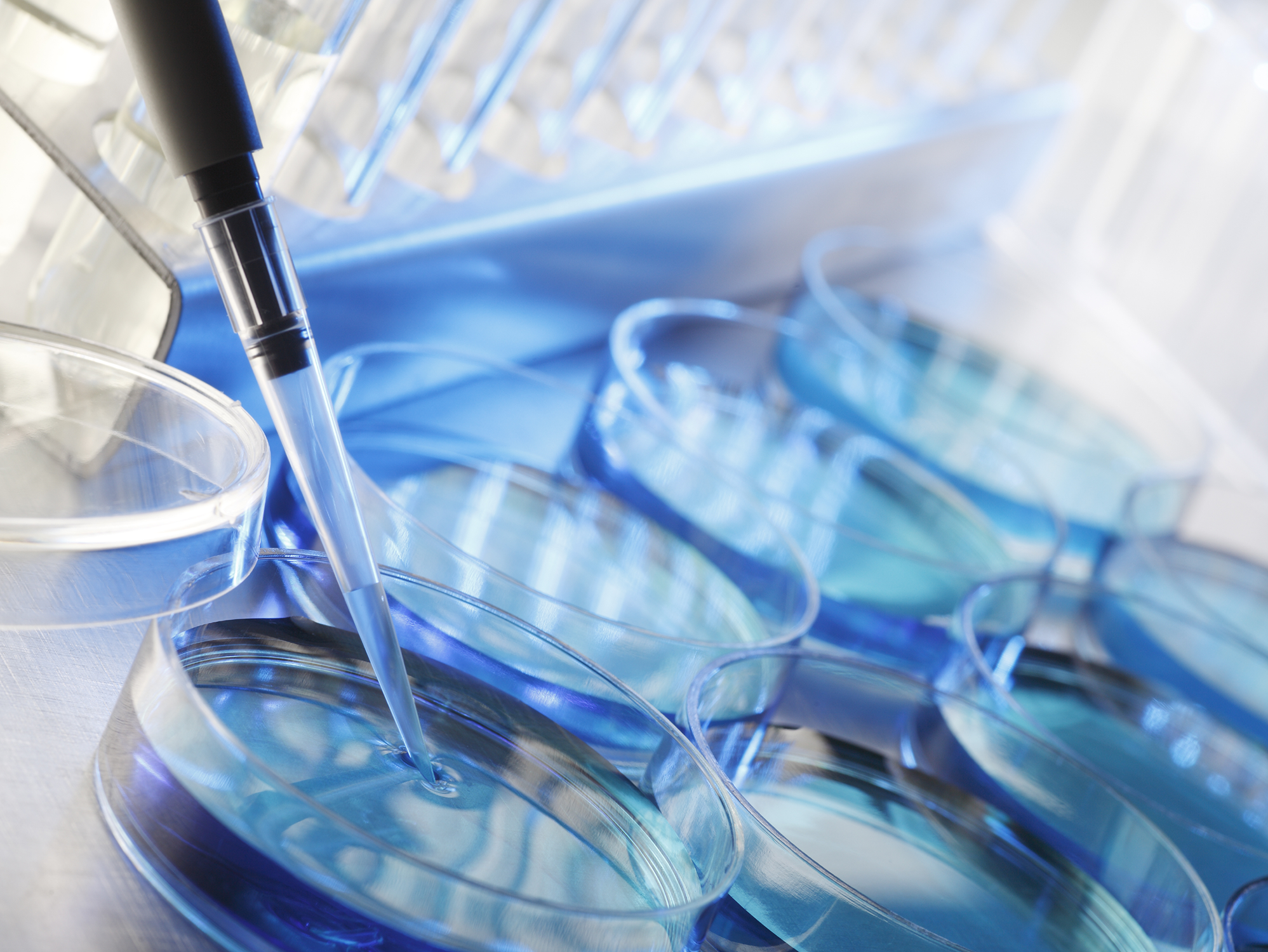European Laboratory for the Investigation of Food-Induced Diseases - ELFID


Cell cultures/Intestinal cellular models
Cell culture facilities are indispensable for basic research and a wide range of clinical in vitro studies. This facility has a dedicated laboratory of cell culture and intestinal cellular models.
Intestinal organoids, long term cultured crypts from human duodenum, rectum and from mouse intestine, have been established, implementing 3D and 2D cell cultures. Three-dimensional cultures include multicellular cultures, scaffold cultures and spheroid cultures.
Molecular biology
The Molecular Biology Service is a facility providing research support for a range of molecular biology techniques. DNA and mRNA from intestine and other cellular compartment including blood cells are collected from patients and control subjects to create a large bio-bank. Moreover our facility provide a training environment in which our researchers can acquire and use molecular biology techniques both for basic research as well as for diagnostic tests.
Microscopy
The confocal microscopy facility provides microscopes to visualize a variety of samples, from monolayers and small organisms, such as 2D, 3D and 4D cultures.
These technologies provide us with the highest light microscope resolution obtainable, giving the scientist a clearer picture of cellular and subcellular structure and function. Single or multiple labeled specimens can be analysed using magnifications from 10X to 100X with a temporal resolution up to 400 fps.
Our laboratory has experience in imaging of mammalian cells, tissues sections of live specimens. The laboratory also maintains several workstations with software packages for image processing, analysis, and 3D image reconstruction.
Biochemistry
Biochemistry of the proteins is a main tool for the understanding of biological process through the assessment of protein quantity and interactions. The facility offers both the technology and the technical support for western blot analysis, immunoprecipitation and ELISA test.
Mucosal immunology
Lymphoid cells are obtained from biopsy specimens and separated from the different compartments. T cell lines and clones are routinely established. Flow cytometry is used for cell analysis and isolation.
Organ cultures
The main goal of this facility is to set up organ culture of intestinal biopsies. The facility is also responsible of a wide bio-bank of cells (fibroblast), intestinal tissues, serum, DNA and RNA from patients with celiac disease at all stages of disease (potential, active and remission phases), as well as from subjects with diagnosis of food allergy and inflammatory bowel diseases.
Pathology and lab diagnostic test
A patology lab is associated to the Center. Routin histology and immunohistochemical/immunofluorescent studies are currently applied to the diagnosis of food allergy and gluten sensitive enteropathy.
Count of gamma delta lymphocytes and assessment of the presence of intestinal deposits of IgA anti-tissue transglutaminase2 are currently performed. For diagnostic purposes, organ culture of small intestinal biopsies is implemented in special situations with immunohistochemical analysis and measurement by ELISA test of CD associated antibodies in the supernatant.
Several non-invasive diagnostic tools such as intestinal permeability test and inflammatory markers’ measurement (determination of fecal levels of calprotectin and/or eosinophilic cationic protein) are routinely used in the diagnostic approach and in the follow up of children with food-induced diseases. In addition, skin prick test, specific serum immunoglobulin E dosage, and atopy patch test are currently used as part of the diagnostic approach to children with suspected food allergy. Sugar breath test are routinely performed for the diagnosis of sugar intolerance, and more recently new diagnostic approach based on molecular analysis of the specific genes, has been developed for selected food-induced diseases (e.g.: sucrose-isomaltase deficiency, glucose-galactose malabsorption, fructose malabsorption).